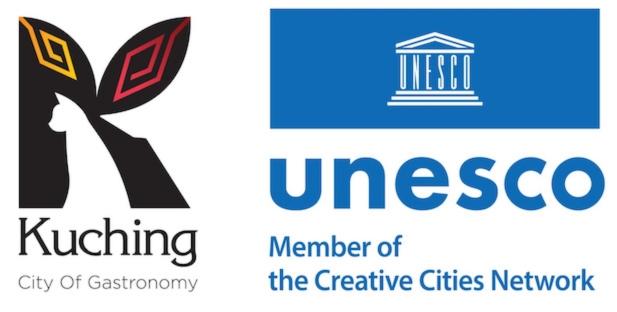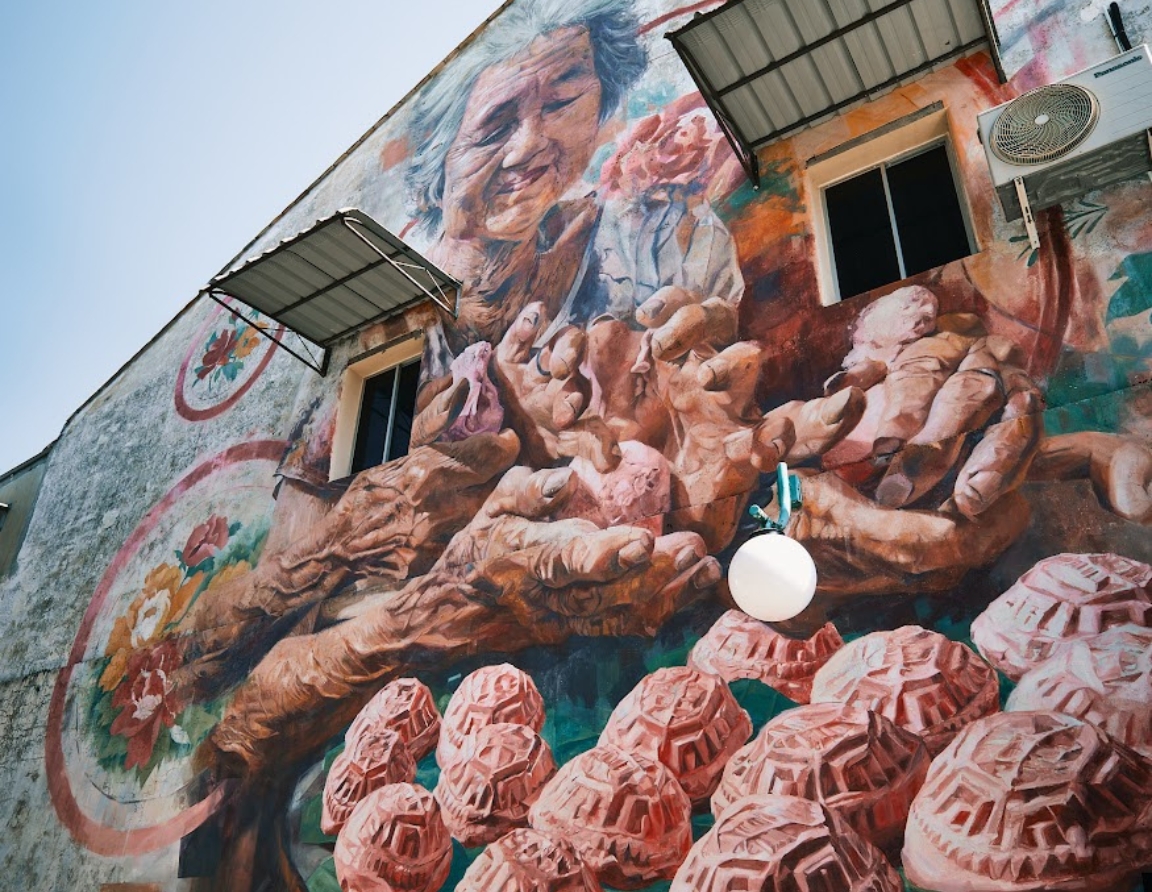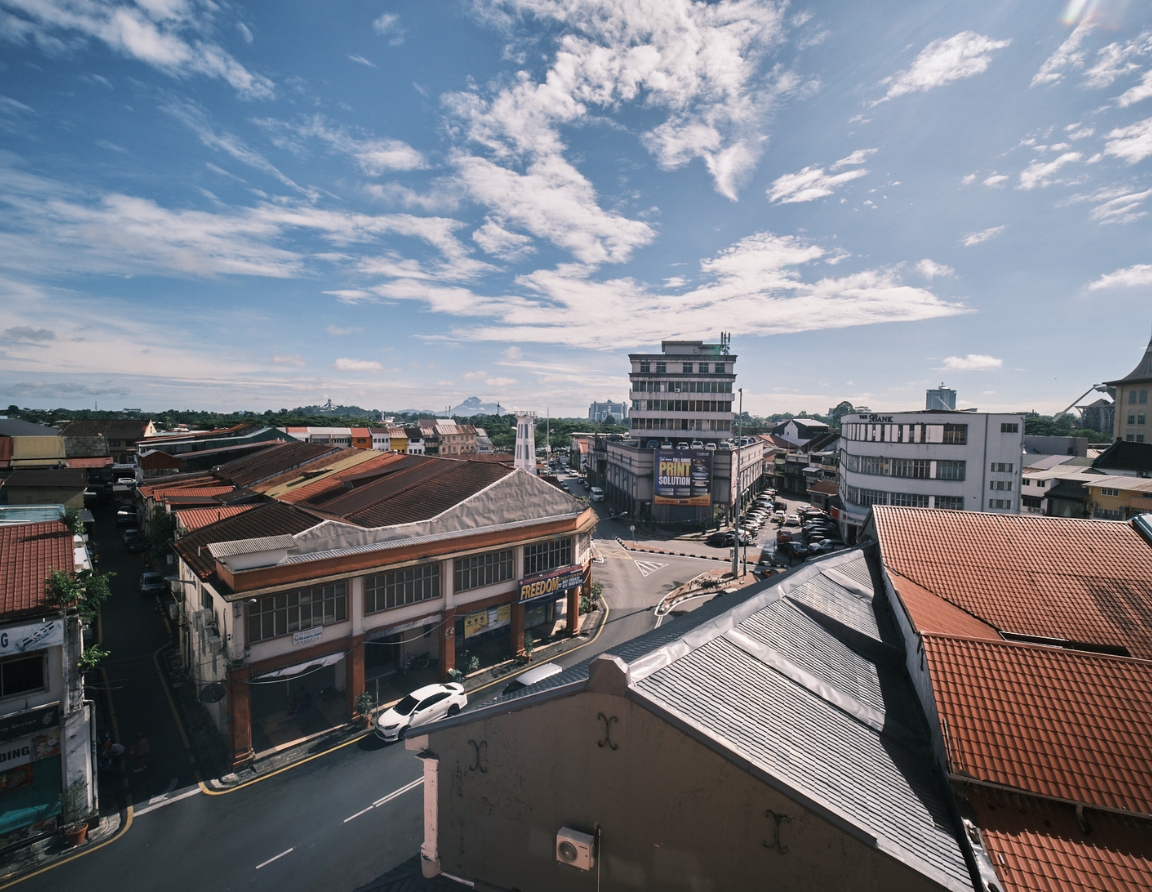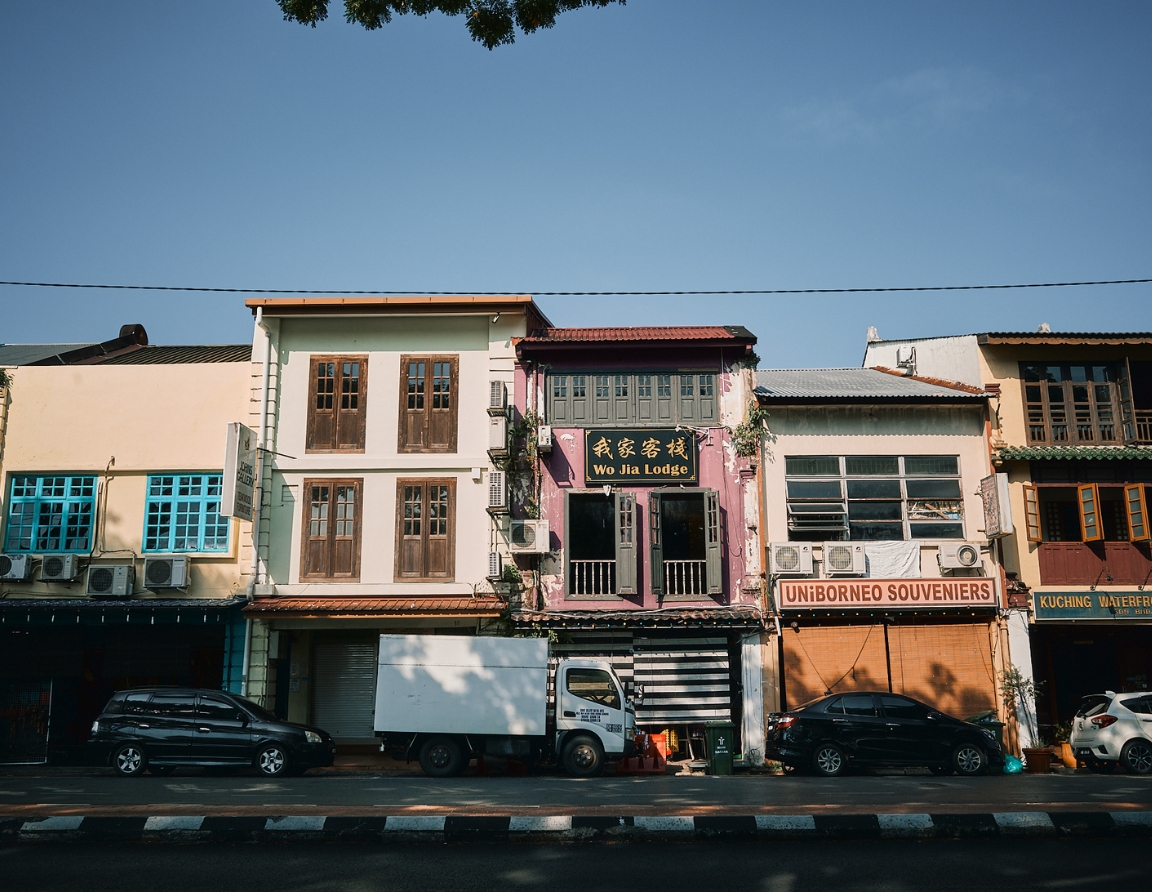
City
Kuching, Malaysia
Region
Asia & Pacific
Population
620,000
Restaurant & Food Establishments
3,265
Relevant facts
Kuching City is the nexus, where the mysteries of Borneo and its cultured rainforest meet the multicultural modern capital of Sarawak. Home to 620,000 people, drawn from 34 ethnic groups, it is a laid-back city where Brooke-era buildings stand side by side with high-rise hotels and traditional Malay villages linked to winding heritage streets of Chinese shophouses and Indian Muslim mosques.
The Sarawak River travels through its centre, once the main conduit for bringing rainforest produce into the city and then out towards the South China Sea. The Kuching Waterfront, previously a bustling marketplace, is now a broad boulevard ideal for a leisurely stroll, which periodically bursts into life for one of Kuching’s many festivals.
Community defines Kuching and nowhere more than in its food. Our cuisine is a delicious blend of indigenous know-how with international influence. From the city’s many wet markets to the copious traditional kopitiam, the search for something to eat is a continuous pursuit. Hawker favourites like Sarawak Laksa and Kolok mee compete with a new crop of fine dining venues and hip international outlets. But everything is served with a Sarawak identity, that speaks of this land, sea and Kuching city’s unique, multicultural society.
What makes the Creative Field of Gastronomy special?
With a landmass of 124,450 km2, our food is based on the biodiversity of Borneo. Community-based systems of swidden agriculture and vast rainforests for foraging have produced an unmatched range of ingredients, many found only here. Thousands of smallholders cultivate heirloom rice, grow tropical produce and raise river fish to be cooked up for a Kuching crowd by an equally diverse range of hawkers and traders, each drawing from a community background of cultural blending. Food is increasingly also a site of experimentation and creativity, bringing centuries of tradition right up to date with bars and restaurants for every taste.
How is the designation being managed?
The Municipality leads, under the Mayor of Kuching City South, supported by the Ministry of Tourism, Creative Industry and Performing Arts and two established NGOs. The project champions private enterprise and civil society through a collaborative framework designed to mobilise stakeholders and amplify opportunities through community building and policy development.
Gastronomy traditions
-
Eat your way through the day
Kuching people commonly eat five times a day. Start early with a hearty Sarawak Laksa, described by Bourdain as the ‘weapons-grade plutonium of breakfasts’, a richly spiced prawn stock made creamy with coconut milk and lovingly poured over rice vermicelli and all kinds of goodies. Take a bowl of Kolok mee around ten, or substitute with any from a range of hawker favourites from Char Kuey Teow to Roti Canai to Kueh Cap. Eat lunch of economy rice, the ultimate buffet of homecooked favourites packed with Sarawak’s most unusual ingredients of ferns, roots and shoots. Quench your thirst in the afternoon sun with a refreshing ice kacang, Malaysia’s famed shaved ice dessert, and then round off the day with a seafood dinner in one of Kuching’s many hawker centres.
-
Break Fast
For fasting month, you can also feast. As the sun sets, the Ramadan bazaars in Kuching buzz into life offering food to take home for the family. Bubur Pedas is a Sarawak favourite, served only here and across the border in Kalimantan, evidence of ancient historic links. This is a rice porridge, filled with vegetables and flavoured with bumbu. This mix of spices – garlic, ginger, shallots, onions, dried chilli, turmeric, lemon grass, galangal and grated coconut – must be dried under the sun for half a day before being mixed with rice and then dry-fried to release the aroma. The result is then pounded until it becomes powdery, and this forms the basis of the stock for the Bubur Pedas.
-
Eat Out
Sarawak’s indigenous people were traditionally described as hunter-gatherers. Food was cooked on the move from whatever the forest had to offer. Pansuh is a Sarawak specialty, basically food cooked in bamboo over an open flame. It starts with a particular type of bamboo, known as Ruas in the Iban language. Pick a protein - chicken, pork, fish – and mix it with a range of jungle flavours – tepus, lemongrass, bunga kantan, daun bungkang, tapioca shoots. The ingredients are then baked in the bamboo tube until it burns and releases its own juices. This is most often served on a riverbank, enroute through the jungle, but now many restaurants in the capital have made it a popular option.
Iconic local products
- Gula apong – palm sugar tapped from Nypa Fruticans, the only palm adapted to the mangrove biome; smoky, sweet and a little salty.
- Sago (and the worm) – Sarawak is the world’s largest exporter of sago flour, sourced from semi-wild palms which grow abundantly in the north of the state. This is the staple starch of several communities, which also eat the worm which feasts on its flesh!
- Durian – The King of Fruit is native to Borneo and the island is home to more varieties than anywhere else on the planet. This extreme diversity has been encouraged by systems of indigenous land tenure dating back centuries.
- Midin – one of many ferns, roots and shoots sustainably foraged from the jungle, now a popular favourite in Kuching hawker centres, stir-fried with belacan.
- Terong Asam – also known as Dayak brinjal, a round, yellow eggplant with a sour flavour which gave rise to Borneo’s most famous tattoo, the bungai terong.
- Tuak – rice wine fermented by each longhouse family, traditionally for rituals but nowadays for a favourite tipple in a range of flavours.
- Sarawak pepper – Traditional cash crop which supports over 60,000 smallholders. Sarawak grows most of Malaysia’s pepper, putting the nation in the top ten of world producers.
- Heirloom rice – Sarawak cultivates 100 varieties of heirloom rice, at least 40 of which are unique to the state.
- Sarawak kek lapis – Sarawak’s geographically-indicated cake, known for its brightly coloured, individually baked layers.
- Ikan terubuk masin – one of Sarawak’s famous river fish, lightly salted, making it ideal for packing and transporting home at the end of a stay.
Local stakeholders
The gastronomy sector in Kuching is highly diversified. It is dominated by the owner-managed business, from market traders to hawkers to traditional kopitiam, each of which supports multiple individual traders under one roof. MSMEs are the backbone of the Sarawak economy, numbering 70,000 strong and contributing 38.2% of GDP, 48% of exports and 45% of jobs. Many of these are in the food sector.
Counted under tourism, this sector employs over 240,000 people, amounting to 19% of total employment. Add to that the thousands of smallholders engaged in agriculture, alongside a growing industry in food manufacturing, food production is both a significant employer and economy. This is why sustainable development in the city starts here.
Civil society associations such as the Restaurant and Coffeeshop Association, the Sarawak Manufacturers Association or the Kuching South Hawkers and Traders Association, support economic interest groups. Numerous others work towards cultural or creative preservation and development, from the Culinary Heritage and Arts Society Sarawak to the Dayak Cultural Foundation.
Culinary education is a growing opportunity, either at university level through entities like UNIMAS (Universiti Malaysia Sarawak) or UCSI, or through vocational training centres such as Centexs. These also support research, boosted by bodies like the Sarawak Biodiversity Centre which runs a renowned traditional knowledge documentation programme.
The creative industries broadly are supported by the Ministry of Tourism, Creative Industry and Performing Arts Sarawak. This manages multiple bodies from the Sarawak Craft Council to the Sarawak Arts Council, the Borneo Cultures Museum and the State Library in developing the city’s creative and cultural industries. Kuching’s creative economy is nascent, transitioning from traditional community structures to a thriving economic sector across the creative fields. All these are our stakeholders.
Gastronomy main events
Kuching is a festival city and food underpins each one. The biggest food festival is simply ‘The Kuching Festival’, a giant village of over 300 stalls which pops up over 20 days in August annually. Iconic events like the Rainforest World Music Festival or the Sarawak Regatta offer up food bazaars featuring local favourites. Special interest events like the Pesta Nukenen, a celebration of indigenous food and culture, and the Intercultural Mooncake Festival round out the calendar. See the Sarawak Calendar of Events published by the Sarawak Tourism Board for a full idea of the range.
The ’Love your markets’ campaign is an ongoing project to revitalise the city’s wet markets, one of the primary sites of sale for our unique heritage ingredients. Hard hit by the pandemic, this project will look at creating digital communities to revive patronage of the markets and interest in their vital network of traders. Engagement with the creative communities of Kuching will bring pop-ups, events and art to the markets throughout the year, linking our traditional food sector with young talents. It starts at the market.
Staple is an ongoing project to highlight Sarawak’s heirloom rice varieties. It will combine a week-long festival, including exhibitions of creative output using rice as a jumping off point with talks and workshops, culminating in a three-day gastronomic event focused on rice. This will be supported by a digital campaign designed to create a crowd-sourced database of varieties, their qualities and also a memory collective on Sarawak rice. This will also link to RiceFest, a BIMP-EAGA event at the end of the year creating links with ASEAN rice producers.
More information about Kuching




